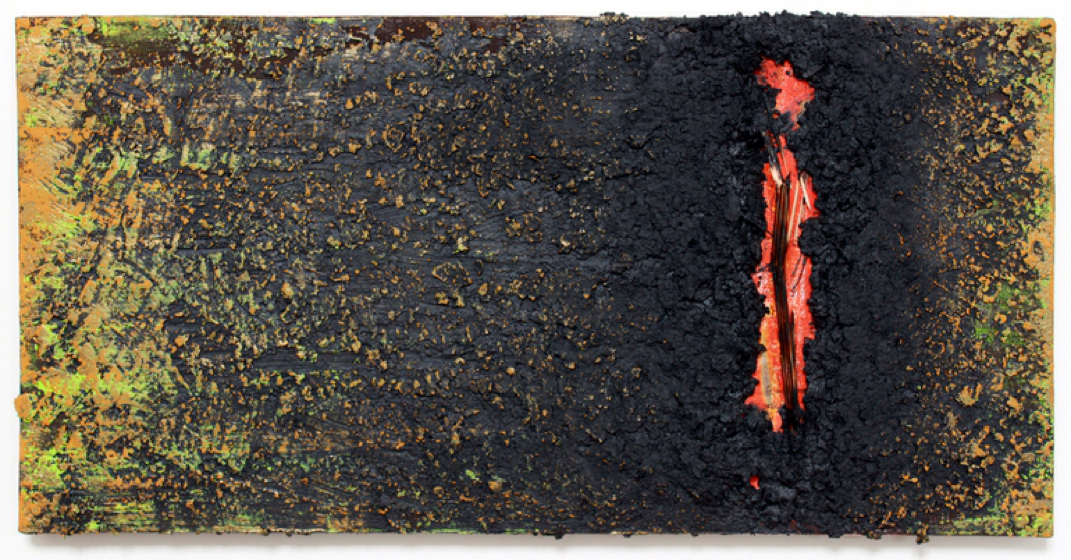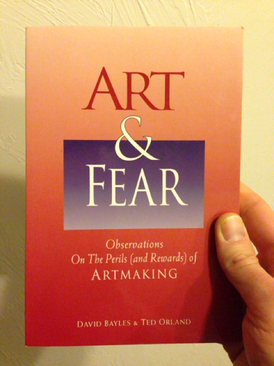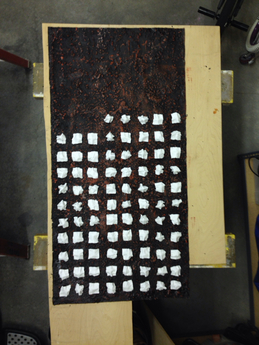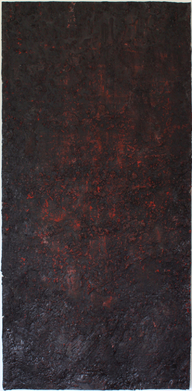| Jimmy Talarico | Artist |
From the notebook…
This week in the book Art & Fear the authors look at our fear of others and how it can hamper our creative pursuits. As artists, we tend to look for two things from others: acceptance and approval.
Architecture has been a great proving ground of this idea in my life. The times I've struggled the most in finding strong conceptual, creative solutions for clients is when I've thought too much about what the client will like instead of simply doing what was right. My best solutions have always come from only focusing on the design issue in front of me and blocking out any anticipation of how anyone will react to it.
Learning how to communicate with your art takes practice and commitment. If you can block out the external "noise" and focus on what your work is saying, you will be satisfied in knowing the idea of exploration has been served.
So how do you find the voice in your work?... We'll look at that next week.
0 Comments
This post is a continuation of my review of the book Art & Fear by David Bayles & Ted Orland. It looks at the second chapter titled "Art & Fear." "Artists don't get down to work until the pain of working is exceeded by the pain of not working." -Stephen DeStaebler This is how I lived for years. I would let the urge to create bubble up within me until I felt like I was going to explode without some sort of release. Then I'd go on an art binge for a few days and create anything from sculptures to films to rap songs (yeah, I wish that was a typo!). After the binge I'd let the creative hunger recess back to my brains nether regions until the urge would rise again a few months later. The problem with sporadic creation like that is it lacks consistency, and consistency is essential to growth and development of skill. "Making art precipitates self-doubt, stirring deep waters that lay between what you know you should be, and what you fear you might be." -David Bayles & Ted Orland in Art & Fear I was watching a great interview on artist Polly Morgan who gained immediate "success" as a taxidermy artist. Her work really is amazing. But the thing that struck me is during the interview she said (paraphrase), "I have this fear that someday people will realize I'm just a fraud." Now that was great for me to hear! This truly talented artist shared the same fear that the rest of us have. I think it comes from the strain between essential self-exploration of one's work and the worry of "will anyone like this?" As an artist, what others think needs to be a reaction to the art you create, not a catalyst. And uncertainty is foundational for creative discovery. "People who need certainty in their lives are less likely to make art that is risky, subversive, complicated, iffy, suggestive or spontaneous. What's really needed is nothing more than a broad sense of what you are looking for, some strategy for how to find it, and an overriding willingness to embrace mistakes and surprises along the way. Simply put, making art is chancy -- it doesn't mix well with predictability. Uncertainty is the essential, inevitable and all-pervasive companion to your desire to make art. And tolerance for uncertainty is the pre-requisite to succeeding." -Art & Fear Art & Fear. Anyone who has attempted to create art to share with others knows these two words go together well. But despite the fear, art remains essential to create. I'm going to run a quick series of highlights I've found in the book "Art & Fear" by David Boyle & Ted Orland. This book is not a "how to" on creating art, rather it is a sort of pep-talk for the artist not sure if he or she is willing to take the first steps toward creating. I read this book when I decided to start taking my work seriously. There are some great points that put what we do into perspective. For example:
I know for me, my art never ends up looking like how I planned for it to look. Something happens in the process where your work will start to inform you about the direction it needs to go. Learn to listen. And understand that your perspective of your work is always different than the viewers:
When you understand your perspective and the viewer's perspective will always be different you gain a sense of freedom because you know your work can not be done to please someone else. This means your only other option is to serve the idea for its own sake. Doesn't that sound incredibly refreshing and liberating?
So choose to persevere. I hope this encourages you to get off the fence and create. Your ideas are worth exploring, even if only for yourself at first. But learn from each piece. Listen to how it communicates. Take risks. And grow. |
Jimmy & Melinda TalaricoFrom here you can read our opinions on our industry, updates on our work, and pretty much anything else we'd like to discuss. Dialog is appreciated so please comment! Archives
August 2023
Categories
All
|





 RSS Feed
RSS Feed
